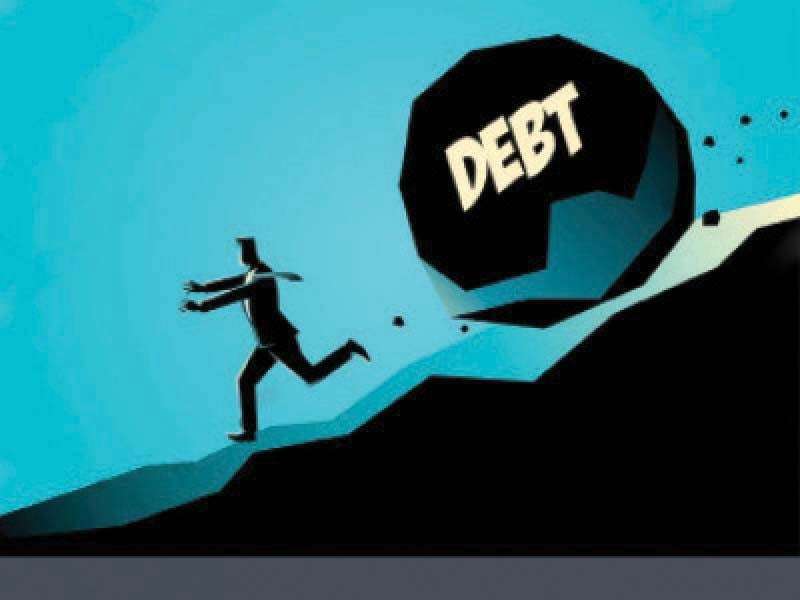Power Division Suggests Settling Rs1.8 Trillion Liabilities via PIBs or Islamic Bonds
Introduction
In a significant move that highlights the challenges of providing relief to electricity consumers, the government has rejected a proposal to retire Rs1.8 trillion worth of circular debt by raising public debt. The plan, which aimed to reduce electricity prices by approximately Rs4 per unit, was turned down by the finance ministry. This decision underscores the limited options available to the government in tackling the persistent issue of circular debt and high electricity tariffs.
Current Measures and Recent Developments
Despite the rejection, the government managed to achieve a small reduction of 60 paisa per unit in electricity prices by terminating the contracts of five independent power producers (IPPs) recently. However, this measure is far from sufficient to address the larger problem of circular debt and high electricity costs burdening consumers.
Power Division’s Proposal
The Power Division proposed to pay off Rs1.8 trillion worth of circular debt to IPPs by issuing Pakistan Investment Bonds (PIBs) at a fixed interest rate for five years or through Islamic bonds. The proposal suggested that this new debt be added to the federal government’s books, a suggestion that the finance ministry did not accept.
Potential Impact on Electricity Prices
Had the proposal been accepted, it would have allowed the government to abolish the debt servicing surcharge of Rs3.80 per unit. This surcharge is currently being collected from consumers to pay the interest on Rs1.8 trillion owed to local and Chinese power plants. Notably, Rs390 billion of this debt is due to Chinese plants.
Options Presented by the Power Division
The Power Division presented two options to the finance ministry:
- Issuance of PIBs: This would retire the circular debt and potentially reduce electricity prices by Rs3.80 per unit.
- Refinancing Existing Debt: This option would result in a modest cost reduction of 89 paisa per unit.
Circular Debt Breakdown
The total circular debt stands at Rs2.4 trillion, with approximately Rs1.8 trillion carrying interest costs. The government is obligated to pay Karachi Inter-bank Offered Rate (Kibor) plus 3% to 4.5% in interest on non-payment of about Rs1.1 trillion to the IPPs. This interest is recovered through the debt servicing surcharge. Additionally, Rs683 billion is parked in a holding company, accruing interest at Kibor plus 0.5%.
Reasons for Government Rejection
The finance ministry’s refusal is rooted in several key concerns:
- Unaddressed Causes of Circular Debt: The ministry pointed out that the underlying reasons for the accumulation of circular debt, such as inefficiencies, high line losses, theft, and low recoveries, remain unaddressed.
- High Public Debt: Increasing the public debt stock could pose challenges, particularly with the International Monetary Fund (IMF) potentially opposing such measures.
- Failed Negotiations with China: Attempts to negotiate with China for rescheduling energy debt were unsuccessful. Chinese energy companies and banks showed no interest in renegotiating power purchase contracts or terms related to debt repayments.
The Cost of Inefficiencies
In the last fiscal year, inefficiencies in the power sector, including theft and low recoveries, amounted to Rs591 billion. This figure is projected to rise to Rs637 billion in the current fiscal year, despite involving law enforcement agencies to curb theft.
Consumer Impact
Consumers currently bear the brunt of high electricity costs, which range from Rs65 to Rs70 per unit, including all taxes and surcharges. This has driven many to shift to rooftop solar panels, reducing national grid-based electricity demand by 8% in the first quarter of the current fiscal year.
Government’s Next Steps
The government is in the process of renegotiating the terms of the 2002 policy on power plants, primarily run by local investors. The goal is to reduce electricity prices by Rs2 to Rs3 per unit. However, this is a complex and time-consuming process that may not provide immediate relief to consumers.
FAQs
1. What is circular debt?
- Circular debt in the power sector refers to the accumulation of unpaid bills between power producers, distributors, and the government, leading to financial strain and inefficiencies.
2. Why did the government reject the Power Division’s proposal?
- The finance ministry rejected the proposal due to concerns over increasing public debt, unaddressed causes of circular debt, and potential opposition from the IMF.
3. How does circular debt affect electricity prices?
- Circular debt leads to higher electricity prices as the government imposes surcharges to recover the interest costs on unpaid debts to power producers.
4. What measures has the government taken to reduce electricity prices?
- The government recently reduced prices by 60 paisa per unit by terminating contracts with five IPPs. It is also negotiating terms with local power plants to achieve further price reductions.
5. How can consumers cope with high electricity costs?
- Many consumers are shifting to rooftop solar panels to reduce dependence on the national grid and lower electricity expenses.
Conclusion
The government’s rejection of the proposal to retire circular debt through public debt issuance highlights the challenges and complexities of addressing the issue of high electricity tariffs and circular debt. With limited options and ongoing negotiations, consumers continue to face high electricity costs, prompting a shift towards alternative energy solutions like solar panels. The path to substantial relief and a sustainable solution remains fraught with challenges and requires addressing the root causes of inefficiencies in the power sector.
ALSO READ:


